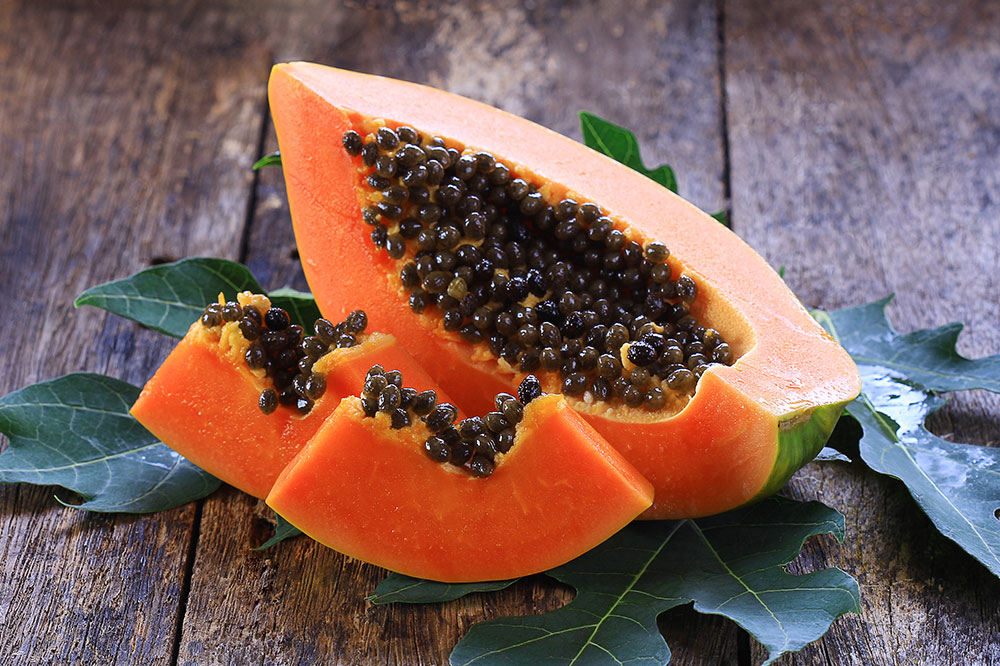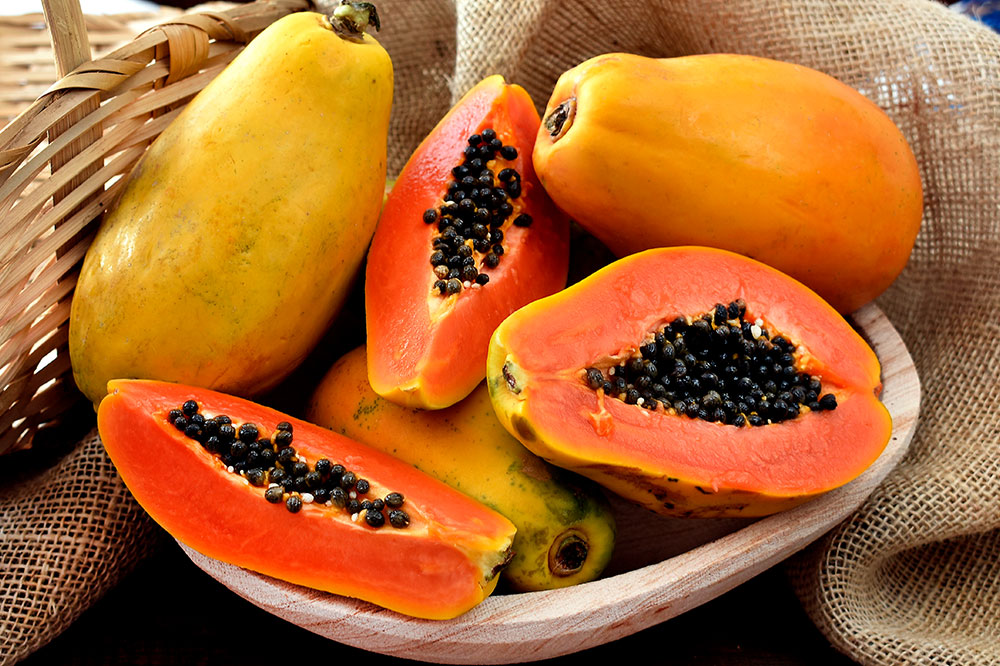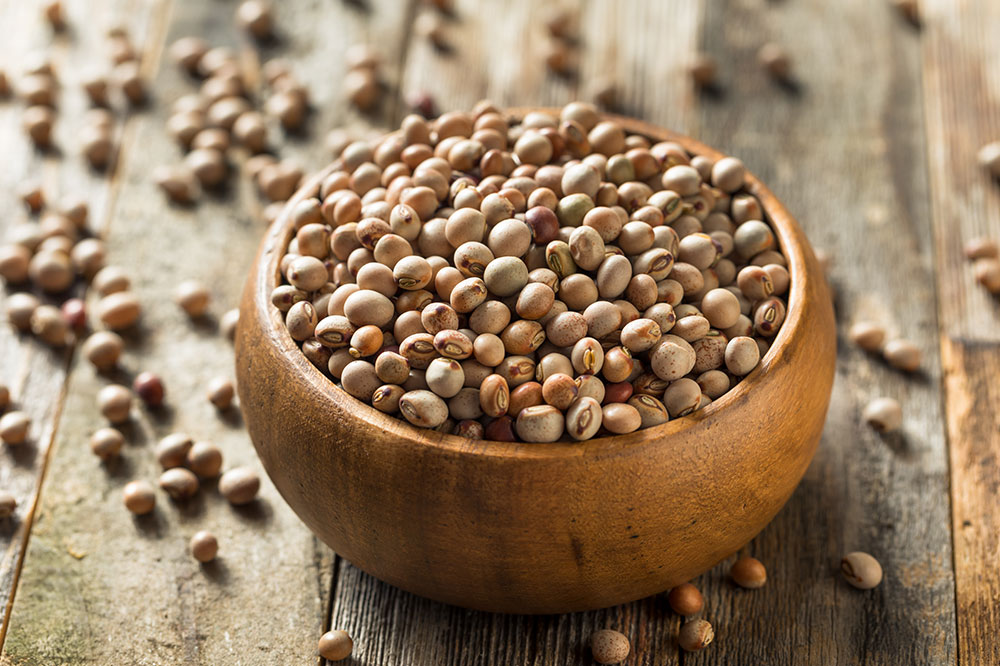Comprehensive Natural Herbal Remedies for Managing Sickle Cell Disease Symptoms
This comprehensive article explores various herbal remedies for managing sickle cell disease symptoms, including traditional formulations like Niprisan from Nigeria, and plant-based approaches such as Fagara zanthoxyloides, Terminalia catappa, and fermented green papaya. Highlighting both scientific research and traditional practices, it emphasizes the potential of herbal medicine to serve as a supportive treatment for improving quality of life in sickle cell patients.

Comprehensive Natural Herbal Remedies for Managing Sickle Cell Disease Symptoms
Sickle cell disease (SCD) is a complex inherited blood disorder that affects millions of individuals worldwide. Characterized by the abnormal shape of red blood cells, this condition leads to impaired blood flow, pain episodes, and long-term organ damage. Traditional treatment options include pain management, blood transfusions, and, in some cases, bone marrow transplants, which offer the only potential cure. However, recent research and traditional medicinal practices have highlighted the role of herbal remedies in alleviating symptoms and improving quality of life for those affected by sickle cell disease.
In this comprehensive guide, we will explore various herbal solutions that have shown promise in managing SCD symptoms, their mechanisms, and how they can be integrated into holistic treatment approaches. While herbal remedies are not substitutes for medical interventions, they can serve as complementary therapies to enhance patient well-being.
Introduction to Herbal Remedies for Sickle Cell Disease
Sickle cell disease is primarily caused by a genetic mutation affecting hemoglobin, the protein responsible for oxygen transport in red blood cells. The sickled cells tend to stick together and block small blood vessels, leading to episodes of pain and organ damage. Despite the absence of a cure outside of stem cell transplantation, traditional medicine systems across Africa, Asia, and other regions have identified numerous herbs with potential benefits in managing this disease.Scientific studies have begun to validate these traditional practices, revealing active compounds that can mitigate sickling, reduce inflammation, and improve blood health. Among these, herbal formulations developed specifically for sickle cell management are gaining recognition, especially in regions with high prevalence rates such as Nigeria, where the disease is most common globally.
Niprisan Herbal Formula: Nigeria’s Breakthrough in Sickle Cell Herbal Treatment
In Nigeria, which is home to the largest number of sickle cell sufferers worldwide, researchers and herbalists collaborated to develop Niprisan—a traditional herbal medicine with promising therapeutic effects. Niprisan’s formulation combines extracts from four potent plants known locally and globally for their medicinal properties.
The herbs included in Niprisan are:
Piper guineense seed: Commonly called West African pepper or Guinea pepper, rich in piperine and chavicine, which have anti-inflammatory and antioxidant properties.
Pterocarpus osum stem: An African timber plant containing compounds like cubebin and other neolignans that may prevent sickling of red blood cells.
Eugenia caryophyllus: Known as cloves, containing eugenol and other phytochemicals with analgesic and anti-inflammatory effects.
Sorghum bicolor: Also known as sorghum, millet, durra, or milo, which provides antioxidants and anti-sickling agents.
The active compounds such as piperine, chavicine, capsaicin, and cubebin work synergistically to improve blood cell deformability and reduce sickling episodes with minimal side effects. Clinical trials in Nigeria and neighboring regions have demonstrated improved hemoglobin levels, reduced frequency of pain crises, and enhanced overall health among sickle cell patients using Niprisan.
Traditional and Plant-Based Approaches Beyond Niprisan
In addition to Niprisan, other herbal and plant-based remedies have been used historically to combat sickle cell symptoms. For example, the root bark of Fagara zanthoxyloides, a medicinal plant native to Uganda and other parts of Central Africa, has been traditionally used to treat malaria, infections, and related blood disorders. Modern research suggests that extracts from this plant can reduce sickle cell formation and alleviate symptoms by modulating hemoglobin properties and reducing oxidative stress.
Another promising herbal agent is Terminalia catappa, commonly known as tropical almond. This plant is distributed across Africa, Asia, and Australia. Leaf extracts contain phytochemicals that have demonstrated anti-sickling effects, potentially reversing sickling and improving red blood cell flexibility. Regular consumption or medicinal use of Terminalia leaf extracts has shown to mitigate the severity of sickle cell crises in some studies.
Furthermore, natural therapies involving fermented green papaya and its leaves have been explored. Research published in 2005 indicated that fermented green papaya can prevent and reverse sickling, aside from offering multiple health benefits such as boosting immune function and antioxidant capacity. Incorporating green papaya into diets or as herbal supplements could support sickle cell management alongside conventional treatments.
The Future of Herbal Medicine in Sickle Cell Disease Management
The integration of traditional herbal remedies with modern medicine holds promise for holistic management of sickle cell disease, especially in resource-limited settings. Ongoing research aims to isolate active compounds, understand their mechanisms, and develop standardized herbal formulations that are safe and effective. Patients and healthcare providers are increasingly recognizing the role of complementary therapies, including herbal treatments, in reducing disease burden and improving quality of life.
It is essential to consult healthcare professionals before incorporating herbal remedies into treatment plans, as some herbs may interact with prescribed medications or have contraindications. Nonetheless, natural herbal solutions continue to evolve as a supportive approach for managing symptoms, preventing crises, and enhancing the overall health of individuals with sickle cell disease.





